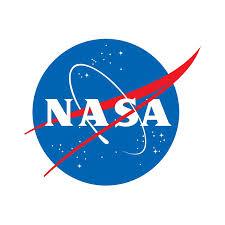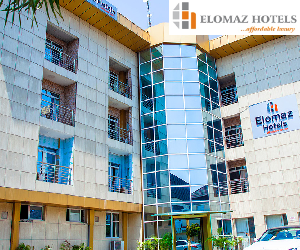The International Space Station (ISS), NASA ’s Expedition 73 crew carried out a series of cutting-edge biotechnology experiments, advanced fire safety research, and conducted critical station maintenance. The crew’s efforts reflect NASA’s ongoing mission to improve life on Earth and enable long-term human exploration beyond low-Earth orbit.
NASA astronauts Anne McClain and Nichole Ayers led the charge in biotech innovation, working with the DNA Nano Therapeutics Mission 2, a project that explores the creation of DNA-inspired nanomaterials in microgravity. These advanced molecules, synthesized from mRNA and protein solutions, may revolutionize targeted drug delivery by reducing side effects and enhancing treatment outcomes. Using the Life Sciences Glovebox, Ayers also operated a spectrophotometer to analyze light wave interactions with the nanomaterials, deepening the scientific understanding of molecular behavior in space.
McClain further contributed to health-focused research by wearing NASA’s Bio-Monitor garment and headband to track physiological and psychological responses before, during, and after space missions. This data is critical for assessing the long-term impacts of space travel on cardiovascular and mental health.
Meanwhile, Ayers maintained the Astrobees—NASA’s cube-shaped robotic assistants designed to help astronauts with routine tasks and allow ground controllers to monitor onboard activities. These autonomous systems play a vital role in reducing astronaut workload and improving station efficiency.
Related Articles:
- NASA Astronauts stranded in space to return to Earth in 2025 due to Spacecraft issues
- Elon Musk unveils groundbreaking Space X Air Bus, set to revolutionalize interplanetary travel
Fire safety remained a top priority as astronaut Jonny Kim worked on installing the Solid Fuel Ignition and Extinction (SoFIE) mist hardware. This experiment is part of a larger initiative to understand how flames behave in microgravity and how fires can be effectively suppressed in space. Kim also contributed to the Combustion Integrated Rack (CIR), a crucial apparatus for studying fire dynamics, combustion efficiency, and safety protocols in orbital environments.
Japanese astronaut and station commander Takuya Onishi focused on fire prevention and maintenance tasks within the Japanese Experiment Module. Onishi exchanged gas bottles in the Solid Combustion Experiment Module (SCEM), performed leak checks, and configured critical plumbing systems by installing recycle tanks and drain valves.
In the Russian segment of the ISS, cosmonauts Sergey Ryzhikov, Alexey Zubritskiy, and Kirill Peskov carried out a suite of technical operations essential to station upkeep. Zubritskiy offloaded cargo, replaced faulty thermal sensors, and inspected flow sensor placements, while Peskov conducted an ethernet cable audit and optimized the intermodular ventilation system that links the Russian and U.S. modules.
As Expedition 73 continues, each mission milestone underscores the ISS’s role as a floating laboratory for humanity’s boldest scientific aspirations. From biotech breakthroughs to fire safety innovations, today’s achievements bring us one step closer to safer, healthier, and more sustainable space exploration.






